The German Autobahn, which dates back to the 1930s, was the foundation for the world 's first highway system. Over the decades, the highway network has become more than just infrastructure; it has become a symbol of German culture and society. The German noun "Autobahn" is widely used in other countries without translation.
Featured Icons
The idea of building highways to connect Germany's expanding cities after World War I was conceived in the post-war Weimar Republic. The first public road of its kind was completed in 1932, connecting Cologne and Bonn, as part of today's Route 555.
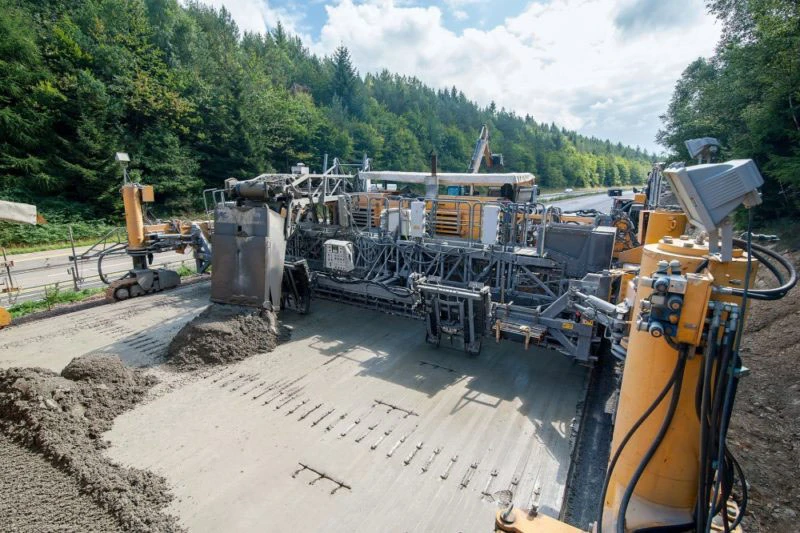
The national motorway network was extended to 2,108 km in 1942. West Germany began rebuilding the system after World War II. In 1989, the two networks of East and West Germany merged and have been continuously expanded.
The current length of the entire network is around 13,000km, making it the third largest system in the world, after the US and China, and one of the most prominent symbols of Germany, alongside the World Heritage Cathedral in Cologne or the Berlin TV Tower. The German motorway network not only connects landmarks in Germany, but also plays a key role in traffic from Southern Europe to Northern Europe or to Eastern Europe. Most sections have 2, 3 or even 4, 5 lanes in each direction, plus a permanent emergency lane.
Master Technique
German highway construction techniques are even considered to be masterful with superlative quality. The author sat behind the wheel waiting on the A4 highway expansion, witnessing with his own eyes the elaborate construction process with a foundation tens of meters high, consisting of many layers of materials and a concrete layer on top for the road surface.
Extremely fast drainage, flat road surface, anti-vibration, anti-slip, maximum expansion limitation in all weather conditions; thanks to the exposed concrete structure, the surface also has better grip and reduces noise when driving, regardless of the type of terrain, it maintains the flattest, straightest properties. The sign system is clear and consistent, the roundabout and narrow sections have warning signs a kilometer in advance and are repeated continuously when approaching.
Of course, the construction costs are also among the highest in the world, around 6-20 million EUR/km, depending on the terrain. The costs of construction, maintenance, and upkeep of the highway are allocated by the federal government from tax revenue. Private cars are exempt from road tolls, including those with foreign license plates. Trucks have been paying road tolls since 2005 through electronic chips attached to their wheels.
The high density of trucks and private cars is up to 170,000 vehicles/day on some peak routes such as the A100 in Berlin, the surrounding areas of Cologne or Stuttgart, and the average for the entire German highway is about 100,000 vehicles/day. Therefore, the construction method combining asphalt and reinforced concrete roads satisfies the requirements of high load-bearing capacity and load reserve, durable surface properties, drainage systems that ensure rapid permeation without damaging the base layer, good trafficability, long-term durability, and a lifespan of up to 50 years. The risk of traffic jams and accidents is also minimized. In 2019, there were 32,272 fatal accidents on the entire German highway, with 356 deaths, accounting for 0.01%.
Germany is the only country where speed limits are not imposed on 70% of its motorways. Germans are proud of their automobile industry, with around 49 million cars in the country out of a population of 84.3 million. Only a small number of drivers regularly drive over 160 km/h, with the majority driving at the recommended speed of 130-140 km/h. Discussions about speed limits have been a hot topic in German politics, but have been voted down. However, when fuel prices rise, German drivers automatically reduce their speed without any laws restricting them.
How to drive on the Autobahn:
- Overtaking on the right is illegal.
- The overhead electronic sign is turned on during bad weather or traffic jams.
- If there is a traffic jam ahead due to an accident, an emergency lane should be created. Move vehicles to the right and left sides of the roadway, forming a “middle lane”. If there are more than 2 lanes, the driver in the right lane will stay on the right, while the driver in the 3rd or 4th lane on the left will stay on the left.
DANG MINH LY
Source





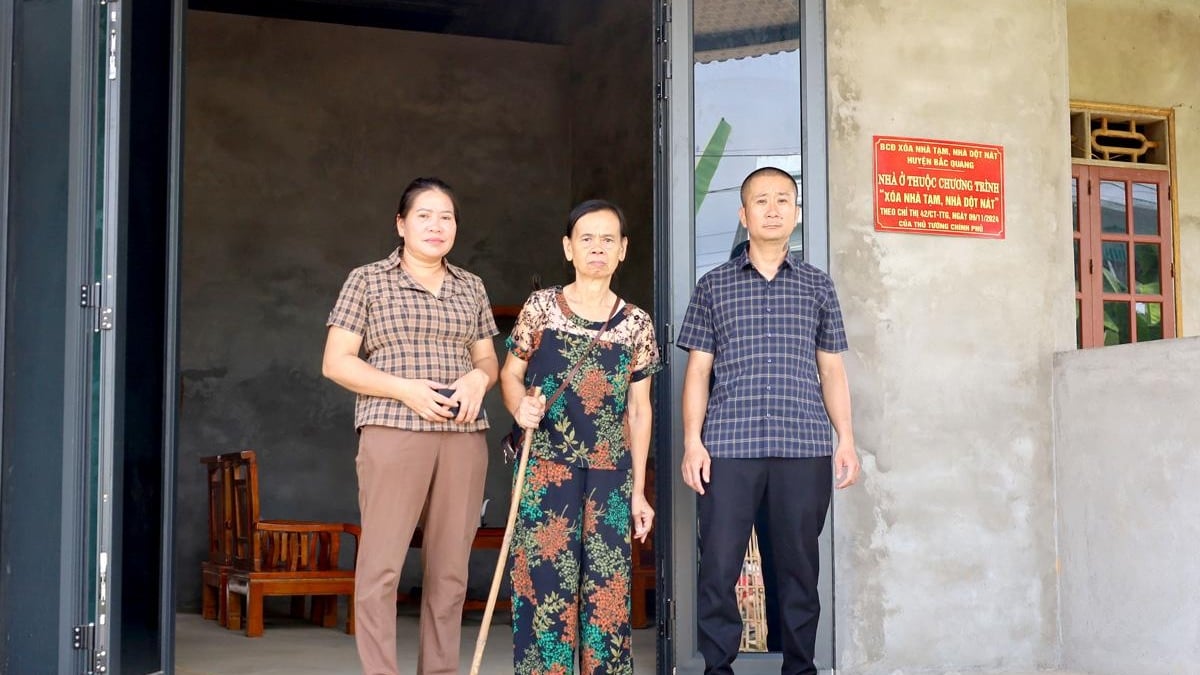
















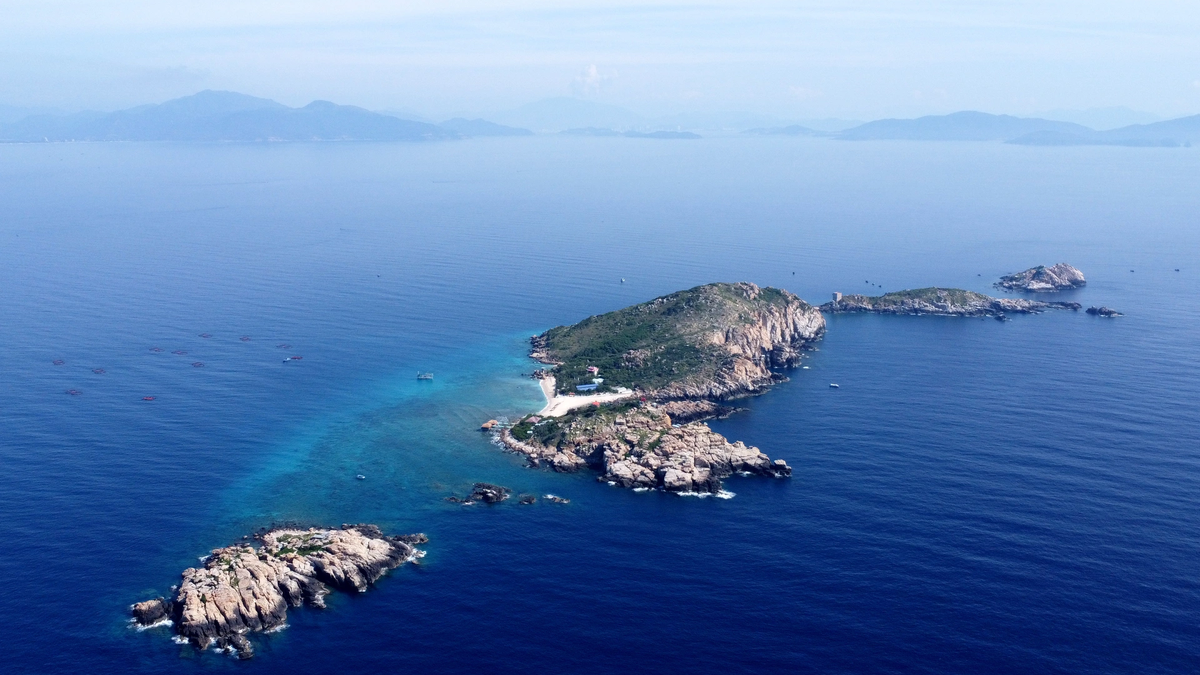


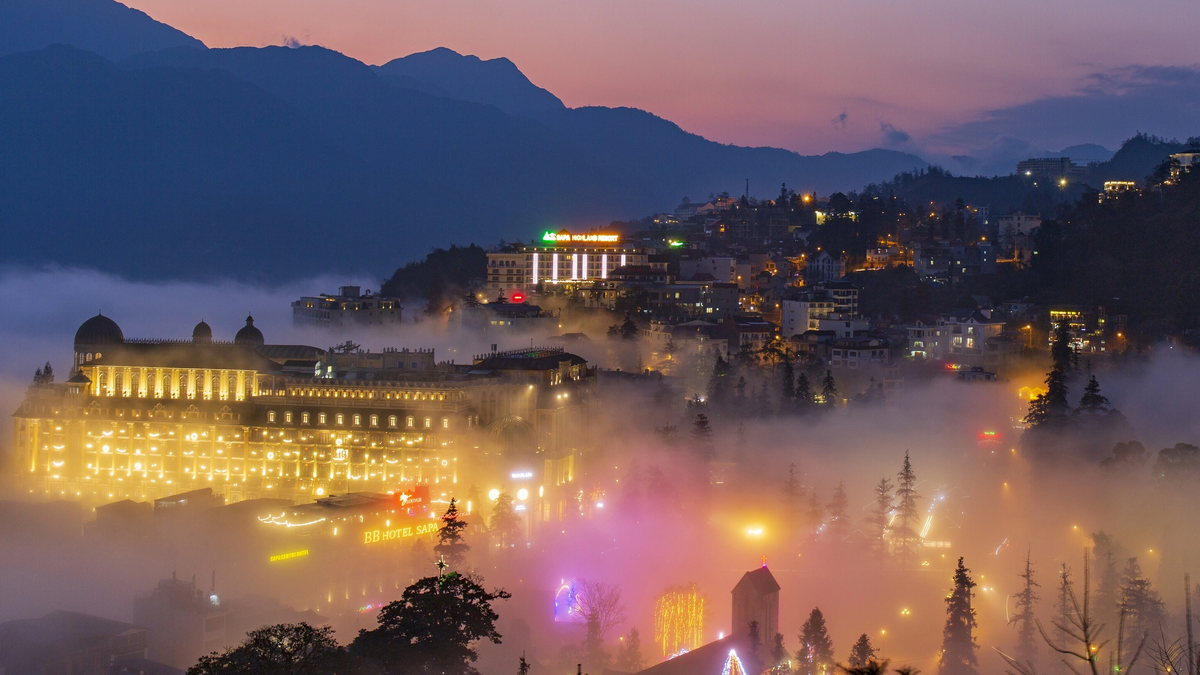


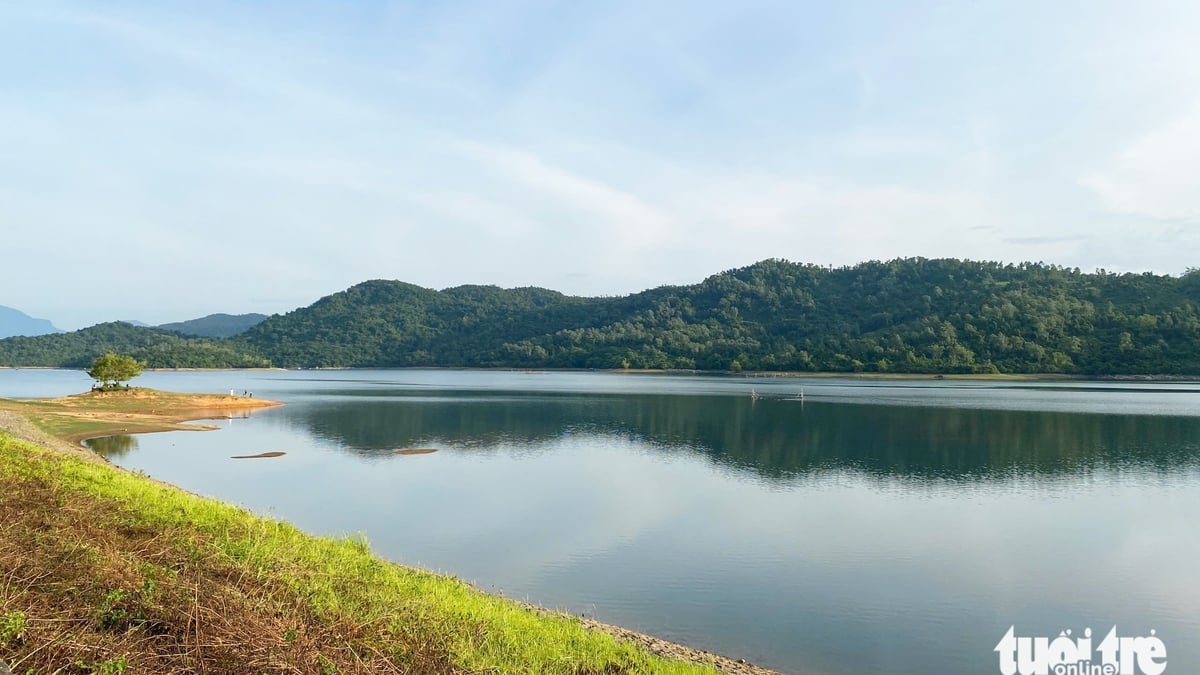


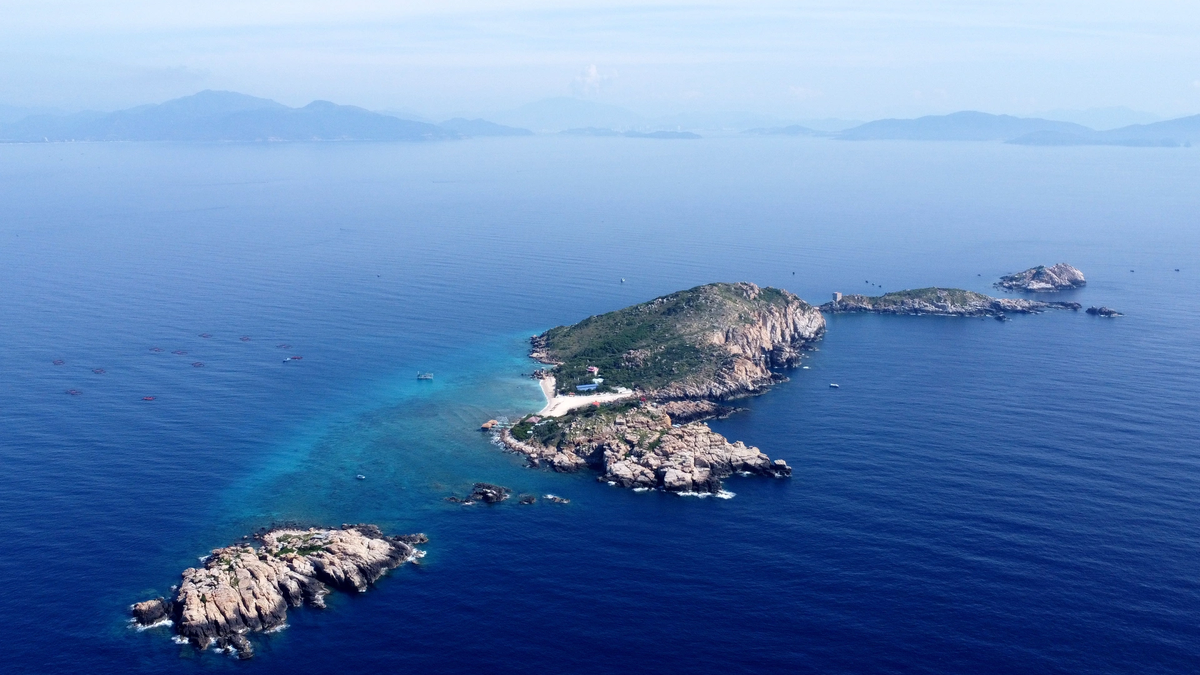
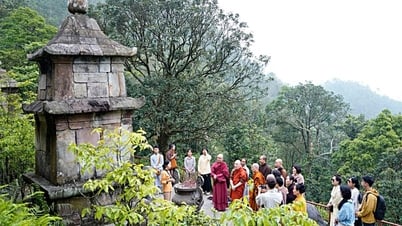

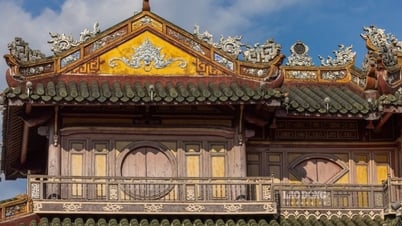







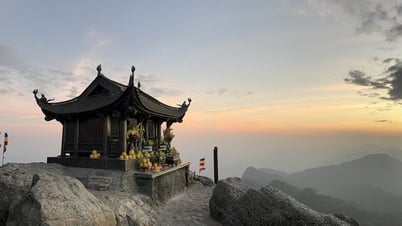











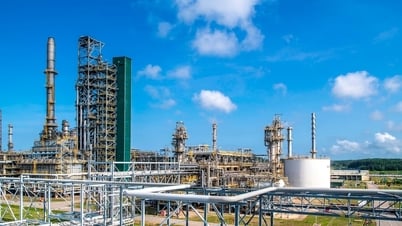



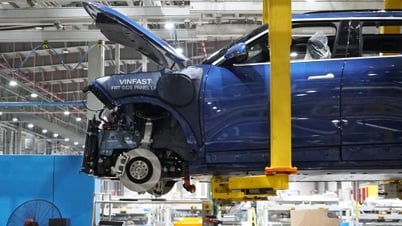




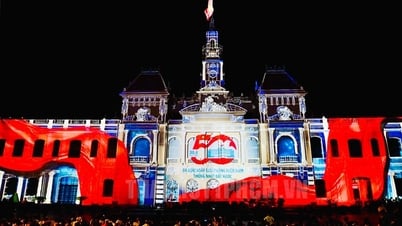
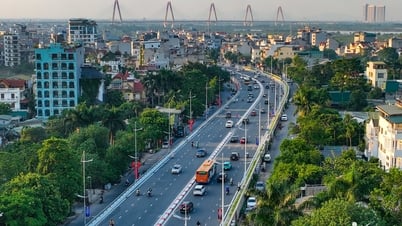

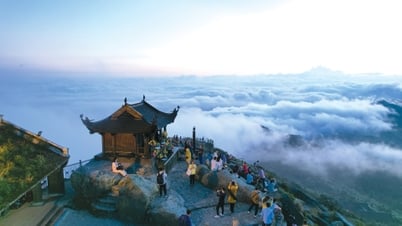








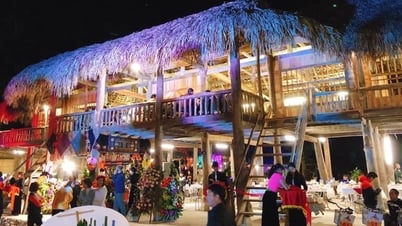














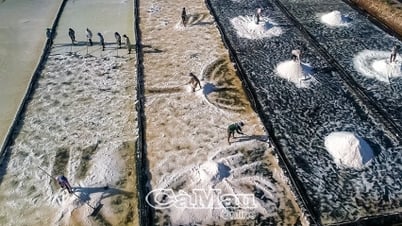

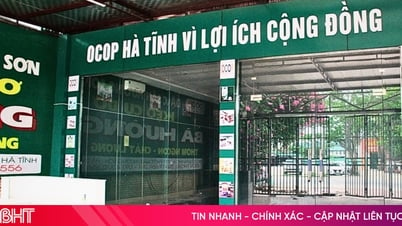






Comment (0)